The Harrier, or Harrier hawk, belong to a group of hawks in the sub-family Circinae. Scientists recognize 16 different species of these birds across the world.
These hawks share a similar body shape and hunting method. Harriers have long wings, long tails, and fly low to the ground in search of prey. Read on to learn about the Harrier.
Description of the Harrier
Like all hawks, Harriers have sharp curved beaks and sharp talons on their feet. Their tails are long and narrow, and their wings are quite long in relation to their body size.
These birds come in a variety of colors, though most are brown, tan, black, or grey. The largest Harrier species have a wingspan over four feet long. However, most have a wingspan of approximately three or three and a half feet across.
Interesting Facts About the Harrier
There are many different species of Harriers across several different continents. Learn more about a select few species and their unique traits below!
- Northern Harrier – The northern Harrier is an incredibly common and widespread bird in North and Central America. This species looks surprisingly like an owl, because of their round face. They even hunt like owls, using their acute hearing to pinpoint the location of their prey.
- Black Harrier – This rare species lives in southern Africa. The entire top of this bird is black, but the underside of their wings and tails are white. Sadly, the IUCN lists this species as Endangered because humans are destroying their favorite breeding habitats.
- Madagascar Harrier – Another rare species is the Madagascar Harrier. These birds are neighbors of the aforementioned black Harriers, as they live on Madagascar off the coast of Africa. The IUCN also lists this species as Endangered. Scientists believe there may be fewer than a thousand Madagascar Harriers left in the wild.
- Pale Harrier – This species is one of the lightest-colored Harriers, with their grey and white feathers. These birds live across much of Europe and portions of Asia. Every year, pale Harriers migrate from Europe into Africa for the winter, and back to Europe to breed in the spring.
Habitat of the Harrier
These birds live in a variety of different, but similar, habitats. Harriers are specialized hunters, and prefer feeding in open areas with a variety of grasses. Because of this, their favorite ecosystems include grasslands, savannas, meadows, and other similar habitats. In fact, researchers believe these birds evolved specifically to hunt in grasslands as grasses emerged several million years ago.
Distribution of the Harrier
These birds live in many different regions, countries, and continents. Some species of Harriers live in North, Central, and/or South America. Other species range through Europe, Asia, Africa, India, Australia, and the surrounding islands.
The populations of some species overlap with those of other species. Depending on the Harrier, some birds are widespread across immense regions, while others live on a single tiny island.
Diet of the Harrier
Harriers are predators, primarily of small creatures living in grassland habitats. Some of their most common prey items include mice, rats, lizards, rabbits, birds, frogs, fish, ducks, and more. Some species also eat carrion, usually when food is scarce.
They hunt by flying low over open grasslands and savannas, using their hearing to locate small prey moving below. This method often flushes prey out of hiding, so the bird can swoop down and capture it.
Harrier and Human Interaction
Like most hawks, the Harrier Hawk faces scrutiny from humans for hunting poultry. This commonly results in conflicts between the two, but not at a high enough volume to cause population damage in most cases.
Habitat destruction, however, is another story. In populations with wide distributions and high numbers, habitat destruction does minimal damage. Sadly, in populations with lower numbers or ranges it escalates decline.
Domestication
Humans have not domesticated these hawks in any way.
Does the Harrier Make a Good Pet
No, Harriers do not make good pets. These animals are wild predators, and they have a number of impressive defenses to use when they feel threatened. This makes them dangerous pets! In most places, it is also illegal to own a Harrier as a pet.
Harrier Care
Many of the Harriers that live in zoos are there because they became injured and could no longer survive in the wild. Zoos provide the Harriers a safe place to live, and give them a lifetime supply of free food and veterinary care.
Depending on the bird, many Harrier Hawks and other species of hawks learn how to stand on a glove so the zookeepers can use them in talks and presentations to the visitors. These presentations help teach the visitors about conservation and various environmental concerns.
Behavior of the Harrier
Most Harriers are solitary outside of the breeding season. They are active during the day, or diurnal, and spend most of their time hunting for food or resting. In some species, males hold territories and breed with several different females.
The males usually do not participate in the care of the young as much as some other species of hawks. Unlike most hawks, these birds frequently build their nests on the ground.
Reproduction of the Harrier
Females usually lay between three and five eggs, depending on the species. The females also normally take the responsibility of incubation, and much of the care of the chicks.
After an incubation period of about one month, the chicks hatch. They are vulnerable and depend fully on their parents for protection and care. Depending on the species, it takes about a month or two before the chicks begin to fly.

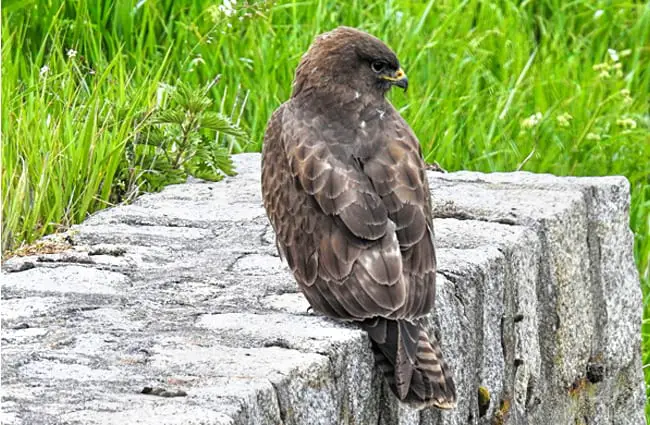

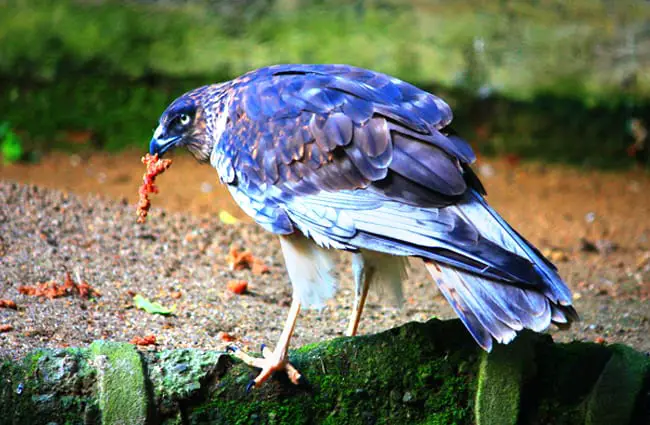
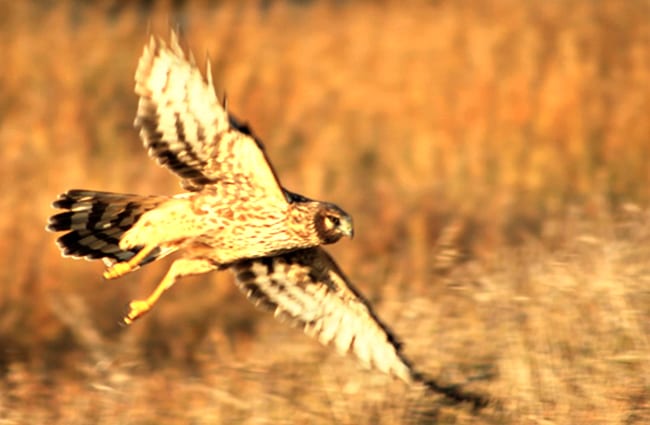

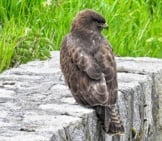
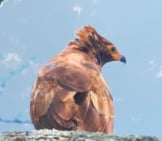
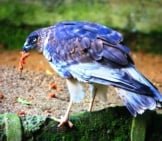

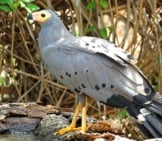
![Red Angus Closeup of a beautiful Red Angus cowPhoto by: U.S. Department of Agriculture [pubic domain]https://creativecommons.org/licenses/by/2.0/](https://animals.net/wp-content/uploads/2020/03/Red-Angus-4-238x178.jpg)












![Red Angus Closeup of a beautiful Red Angus cowPhoto by: U.S. Department of Agriculture [pubic domain]https://creativecommons.org/licenses/by/2.0/](https://animals.net/wp-content/uploads/2020/03/Red-Angus-4-100x75.jpg)

